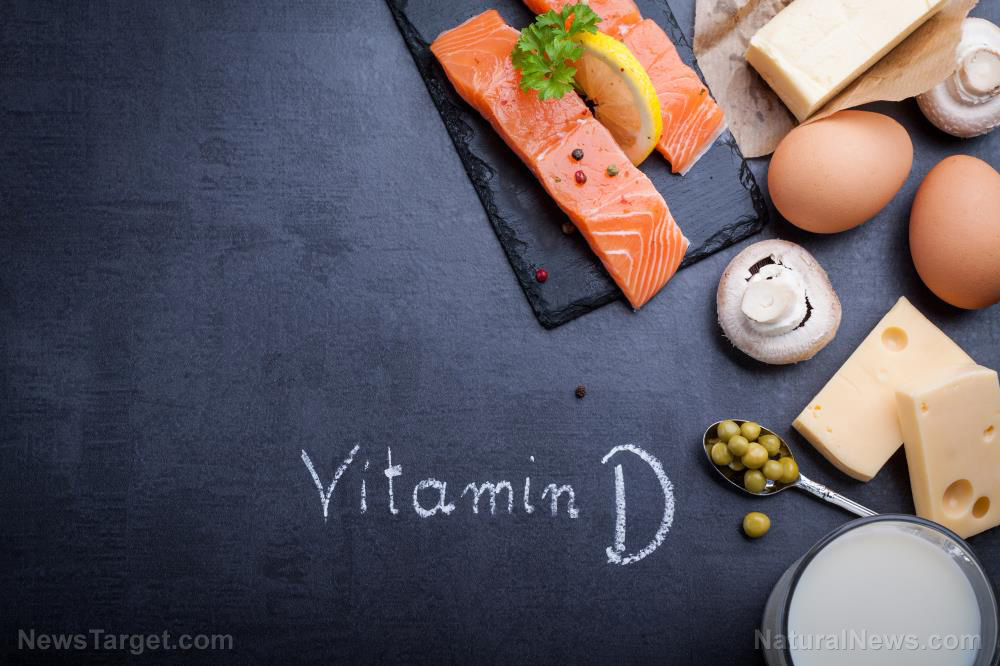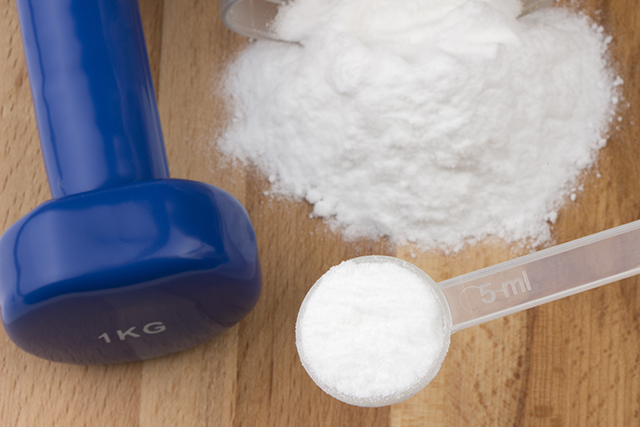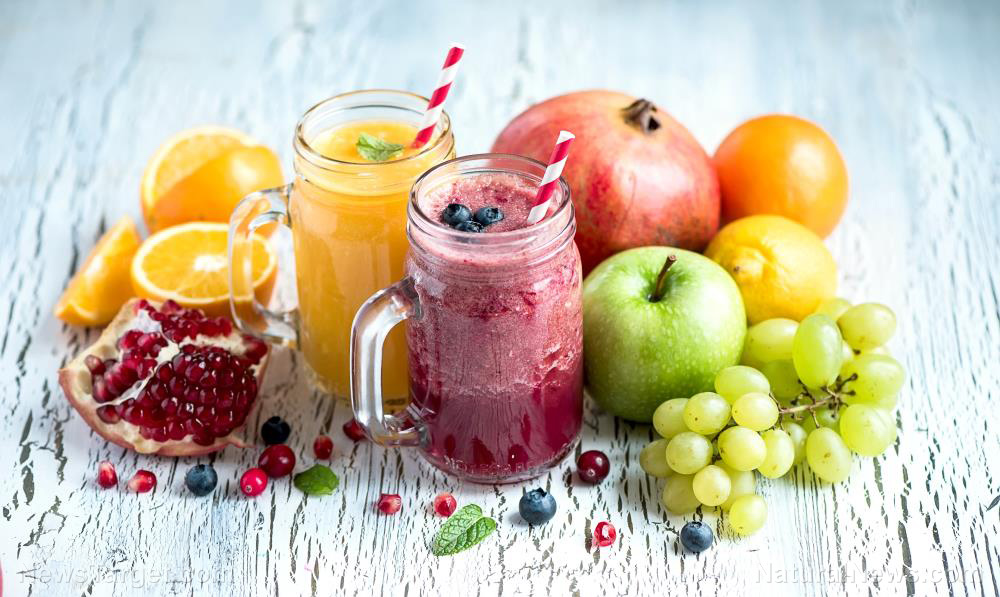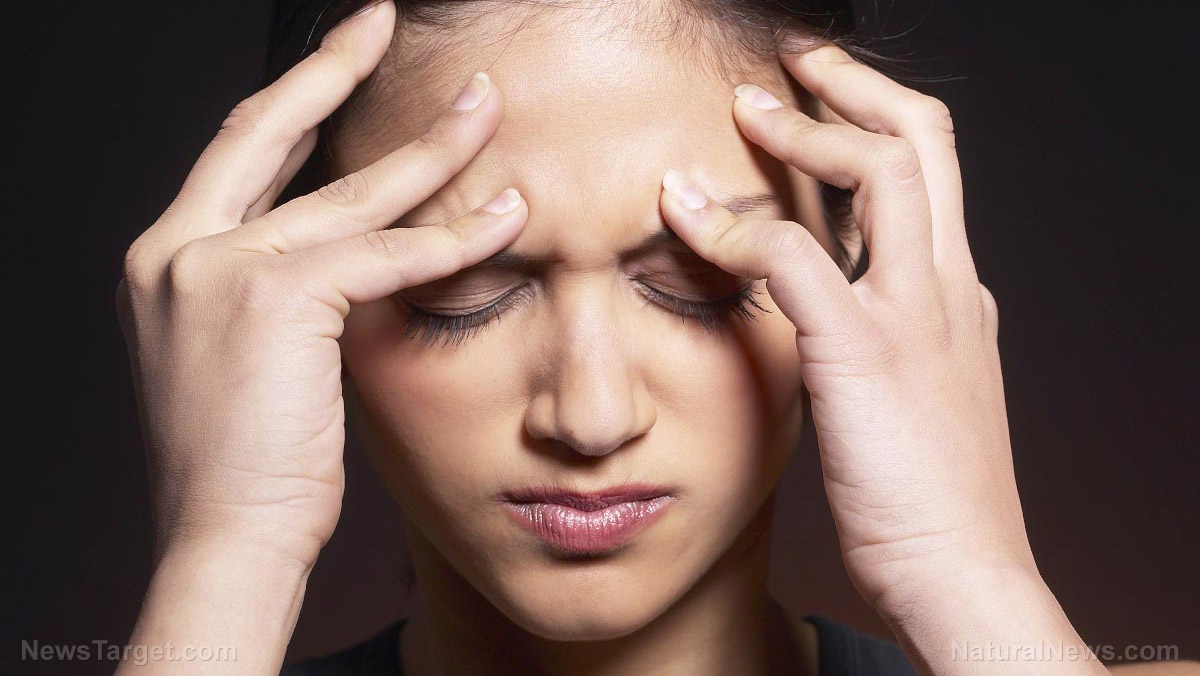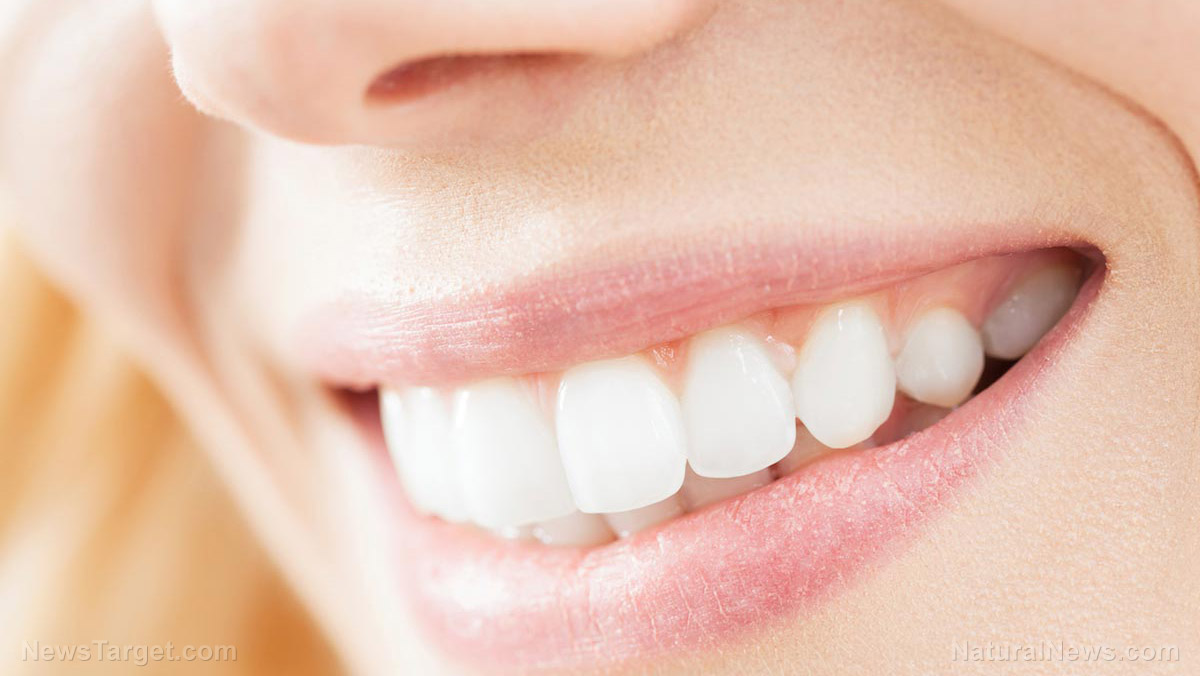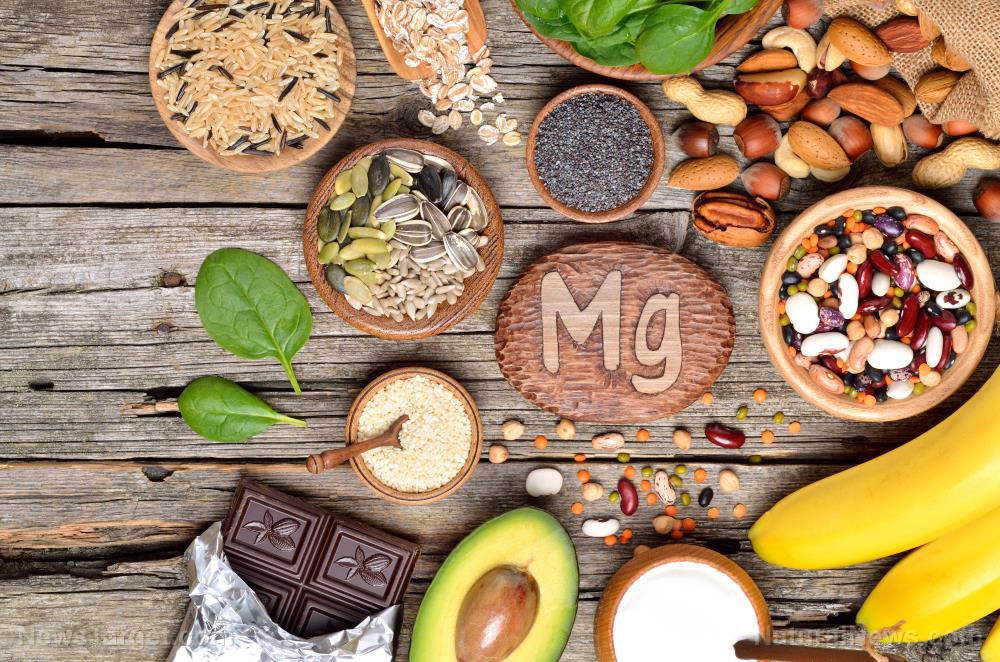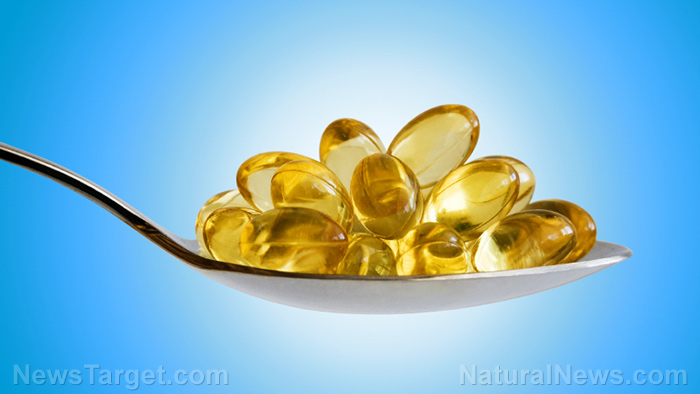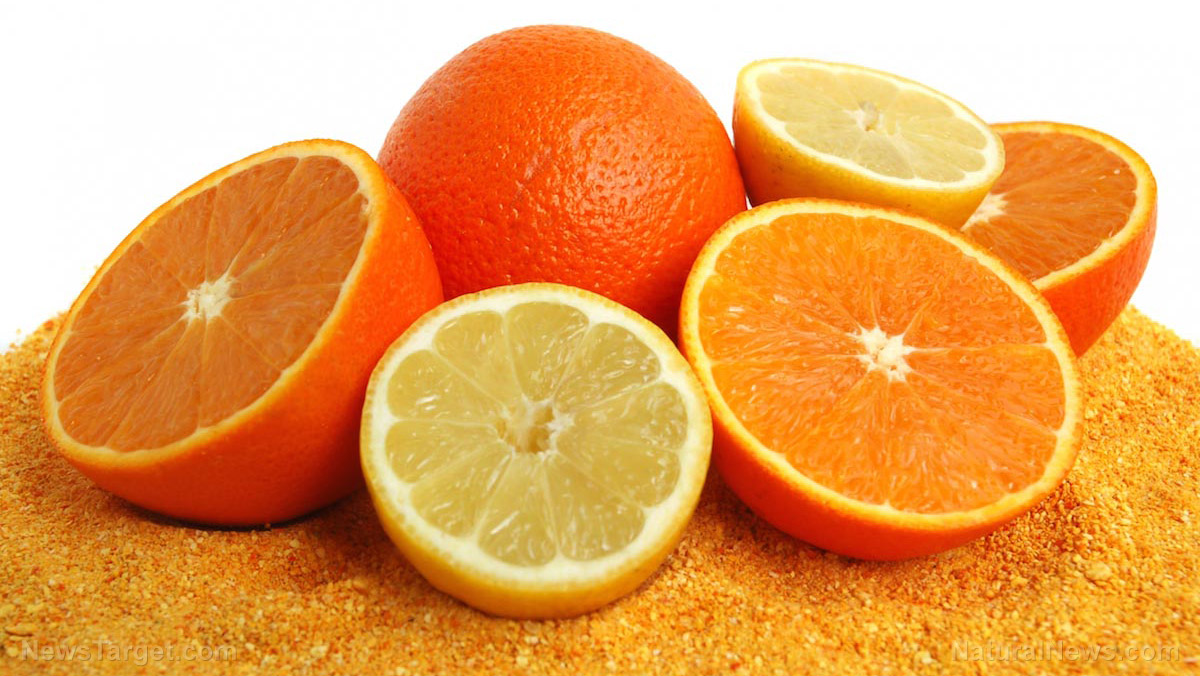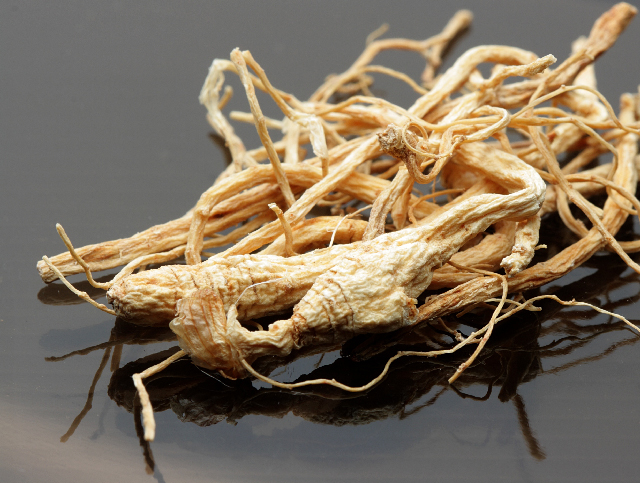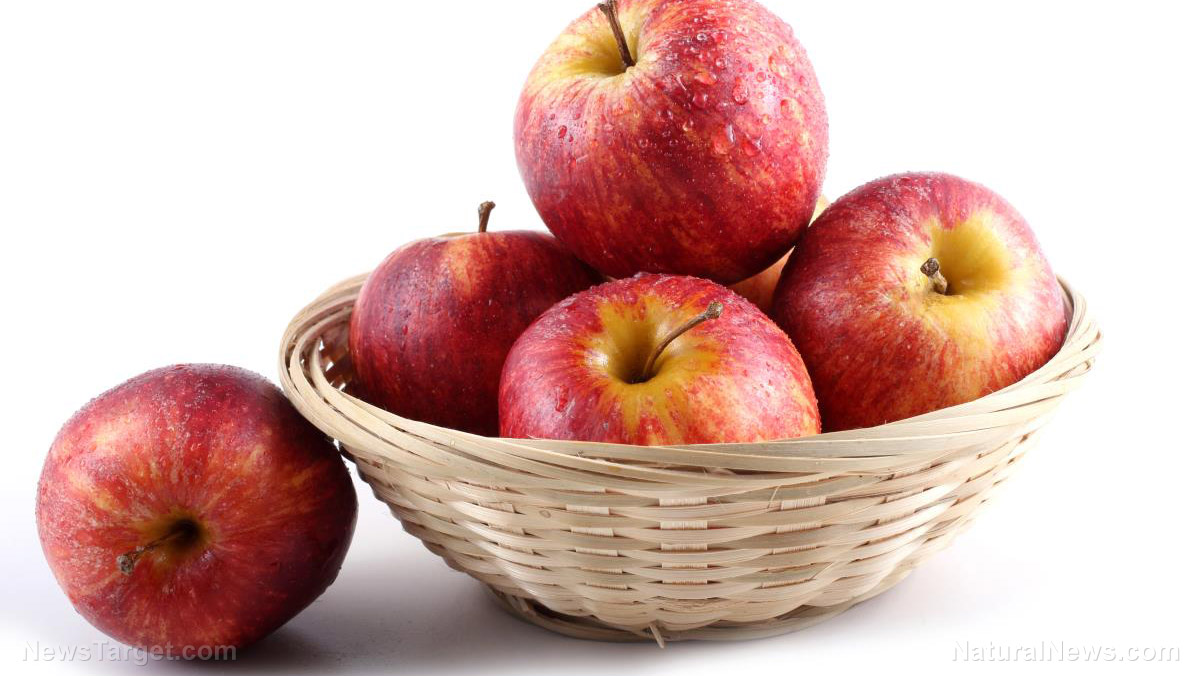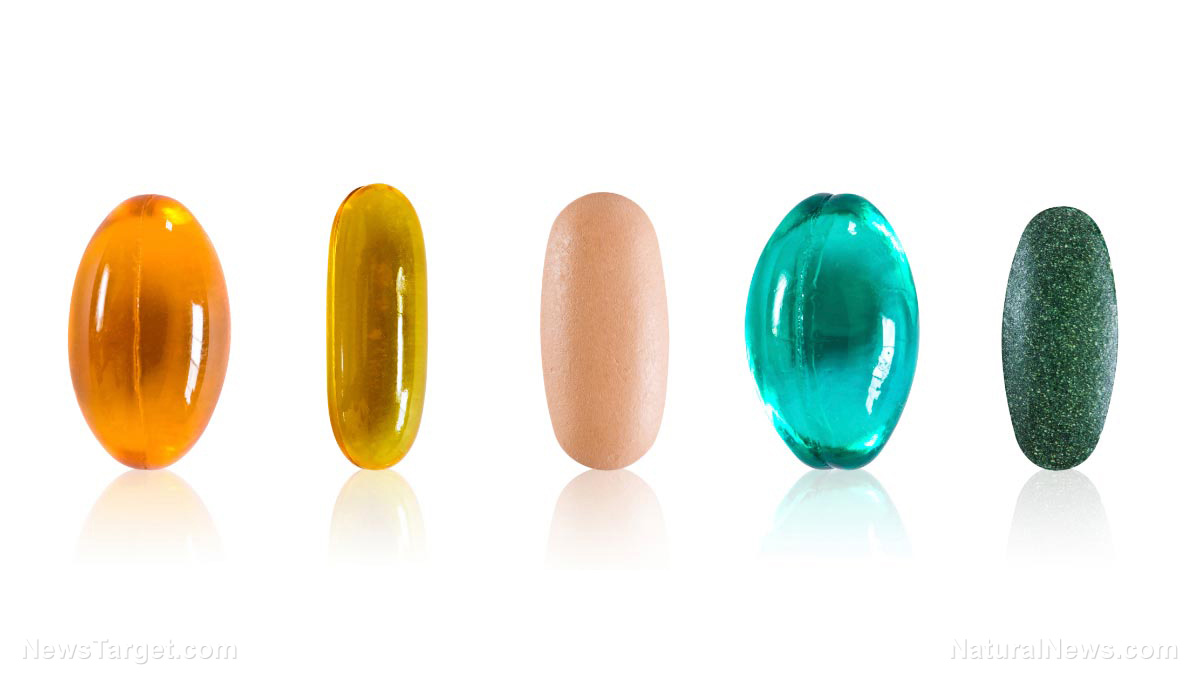Can Probiotics Change Your Skin? Tula’s Dr. Raj
04/14/2016 / By supplementsreport

For ages, medical experts have preached the merits of probiotics — that ingesting yeast and bacteria, whether as a supplement or a Jamie Lee Curtis-approved yogurt, keeps guts healthy. But in the quest to lower our skin’s inflammation and prevent aging, would you slather probiotics on your face? We turned to Dr. Raj, founder of probiotic-focusedTula Skincare, for some answers.
(Article by Emily Siegel, republished from http://www.forbes.com/sites/emilysiegel/2016/04/14/can-probiotic-skincare-change-your-skin-tulas-dr-raj-answers-5-questions/#55e585483a86)
So, what exactly is a probiotic?
Probiotics are “good” bacteria contained within our digestive tract… a protein-, vitamin- and mineral-rich element that helps protect us against other harmful bacterias and negative environmental irritants, like pollution.
That’s great for guts and all, but why should we want them in our skincare?
Like all parts of our bodies, skin is exposed to environmental stressors every day: pollution, allergens, toxins, UV ray exposure. Applying probiotics can stimulate the production of defense cells that restore the skin’s natural balance and stabilize its immune system. Not only does this help skin look healthy, young and clear, but it also decreases sensitivity, redness and inflammation.
Are these the same probiotics I take as a supplement? Why do they need to be applied topically?
While most supplements and probiotic-rich foods contain live bacteria cultures, Tula products are no longer alive… They’ve been broken down to release only their most useful elements. [The other benefit] is that our probiotics don’t require refrigeration and have a longer shelf life without ever losing their powerful benefits on the skin.
Do probiotics need to be applied topically in order to reach our skin?
Topical probiotics really help strengthen the skin’s natural defense mechanisms, making it more resistant to environmental stressors. They form a protective shield on the skin’s surface and stop your cells from “seeing,” or reacting, to bad bacteria that causes inflammation, aging, acne and rosacea. When used in combination with [ingestible probiotics], they work to balance both our internal and external systems.
Are there any risks from incorporating probiotics to our routine in multiple ways?
There’s little risk in overdoing it, both internally and topically. You can’t get too much of a good thing! If very high amounts of live and active cultures are ingested, your body will simply pass through whatever it doesn’t need. At the start of any oral probiotic regimen, some people may experience mild diarrhea, gas and/or bloating… but this should subside within a few days… Research on topical probiotics in skincare also points to the many positive effects probiotics can have on the skin, but there is no evidence showing any drawbacks.
Read more at: http://www.forbes.com/sites/emilysiegel/2016/04/14/can-probiotic-skincare-change-your-skin-tulas-dr-raj-answers-5-questions/#55e585483a86
Tagged Under: probiotics, skin health, supplements


